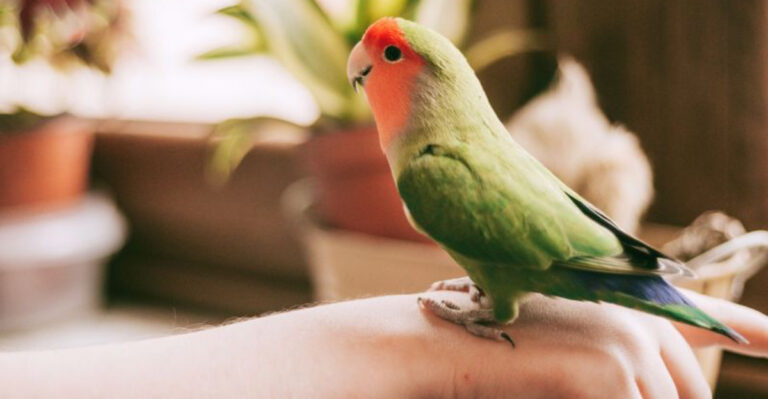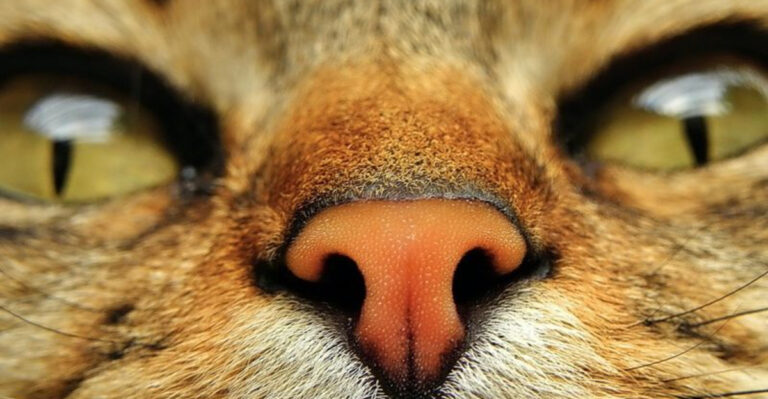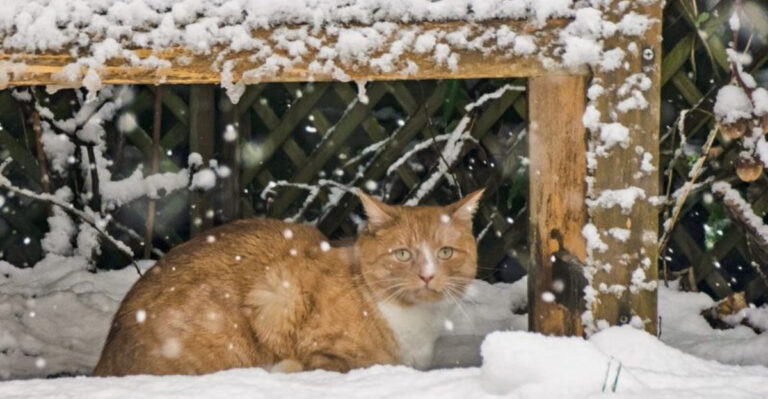15 Most Dangerous Animals Roaming Colorado’s Wilds

Colorado’s wild landscapes are stunning – but they’re not just filled with mountain views and fresh air. Hidden in those forests, canyons, and plains are creatures that don’t care how epic your hiking boots are.
From fanged predators to surprisingly aggressive locals, the animal kingdom here plays by its own rules. Think of it as nature’s way of keeping you humble.
1. Coyote
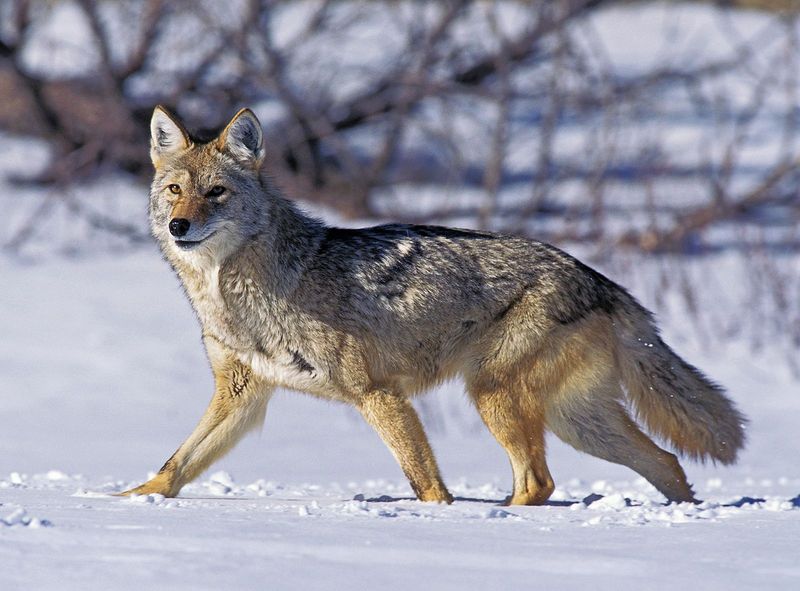
In the heart of Colorado’s wilderness, the coyote reigns as a cunning survivor. These adaptable creatures find their way into urban spaces, often posing threats to unsuspecting pets.
With a stealthy demeanor and sharp instincts, coyotes are opportunistic hunters. While attacks on humans are rare, caution is advised.
2. Mountain Lion

Deep in Colorado’s rugged terrain, the mountain lion prowls with silent grace. This solitary predator is known for its elusive nature and powerful build.
While rarely seen, when threatened, it can be dangerous. Hikers should remain vigilant and never approach a lion. If you encounter one, stand your ground and appear larger. These majestic cats are a testament to the wild beauty of Colorado, embodying both awe and caution.
3. Western Diamondback Rattlesnake
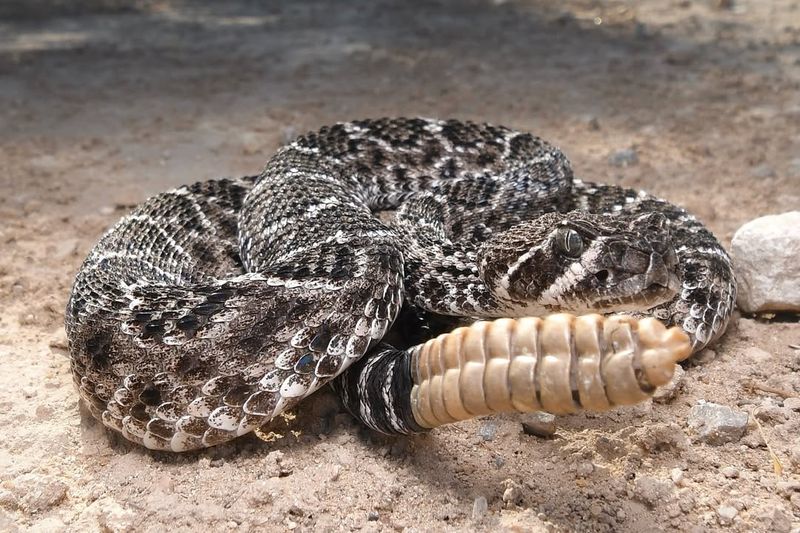
In the arid regions of Colorado, the Western Diamondback Rattlesnake makes its presence known.
Recognizable by its distinctive rattling warning, this venomous snake strikes fear into those who cross its path.
Despite their fearsome reputation, these snakes play a crucial role in controlling rodent populations. They are a reminder of the delicate balance of nature’s design.
4. Moose

In the peaceful meadows of Colorado, moose appear as gentle giants. However, their size belies their potential for aggression, especially during mating season.
These herbivores can become unpredictable if they feel threatened or if you’re too close. With their impressive antlers and towering presence, moose are a sight to behold. They embody the majestic wilderness of Colorado, reminding us to respect nature’s giants.
5. Prairie Rattlesnake
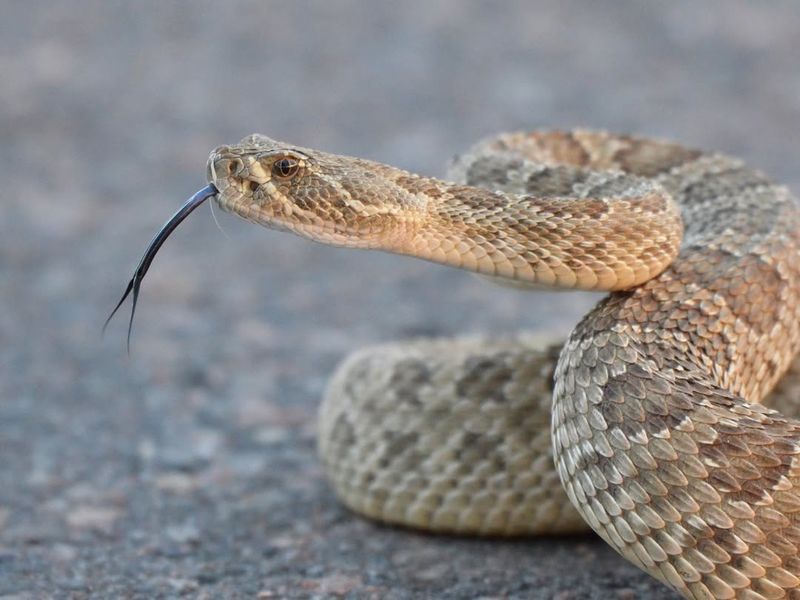
In the grasslands of Colorado, the prairie rattlesnake slithers with quiet authority. Known for its venomous bite, this snake prefers to avoid conflict but will defend itself if threatened.
Hikers should watch their step and avoid tall grass where these snakes might hide. If bitten, time is of the essence; seek help immediately.
These rattlesnakes are a vital part of their ecosystem, controlling small mammal populations.
6. Lynx

In the wintry forests of Colorado, the elusive lynx moves with quiet precision. This rare feline is known for its tufted ears and sharp gaze.
Though generally reclusive, a cornered lynx can become dangerous, especially when protecting its young. Wildlife enthusiasts are urged to admire from afar and avoid interaction.
7. Black Bear

In the dense woods of Colorado, black bears roam with a mix of curiosity and caution. Though often shy, they can become aggressive when food is scarce or if they’re startled.
Their adaptability is unmatched, and their foraging habits play a crucial role in maintaining forest health. They are both a joy and a challenge to encounter.
8. Bighorn Sheep

In the rocky heights of Colorado, bighorn sheep display a blend of power and grace. Though typically docile, these animals can become aggressive, especially during mating season.
Bighorn sheep are a symbol of the rugged wilderness, embodying the spirit of resilience and survival. Their presence adds a majestic touch to Colorado’s mountainous beauty.
9. Bobcat
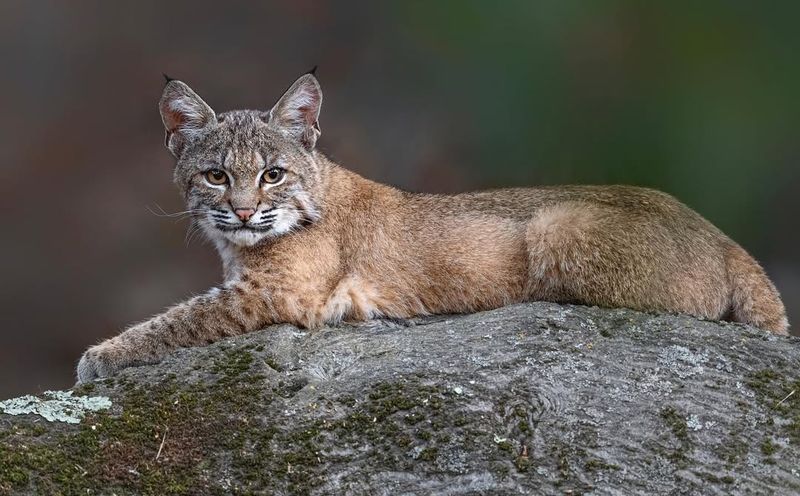
In the twilight hours, the bobcat emerges as a master of stealth in Colorado’s forests. This elusive predator is known for its acute senses and solitary nature.
While attacks on humans are rare, they can become dangerous if threatened or protecting young. Bobcats are a vital part of the ecosystem, controlling small animal populations.
10. Elk
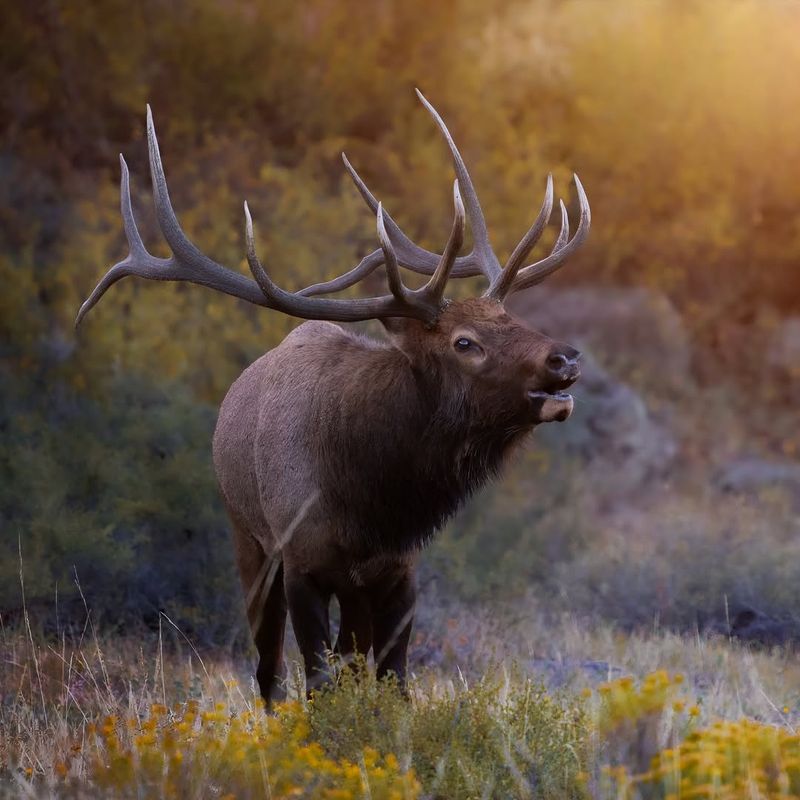
In the dawn of Colorado’s meadows, elk roam with a regal presence. These majestic creatures are a sight to behold, especially during rutting season.
However, their antlers can be dangerous weapons if they feel threatened. Elk are more than just a symbol of beauty; they play a crucial role in the ecosystem. Their presence is a testament to the vibrant life of the meadows.
11. American Badger
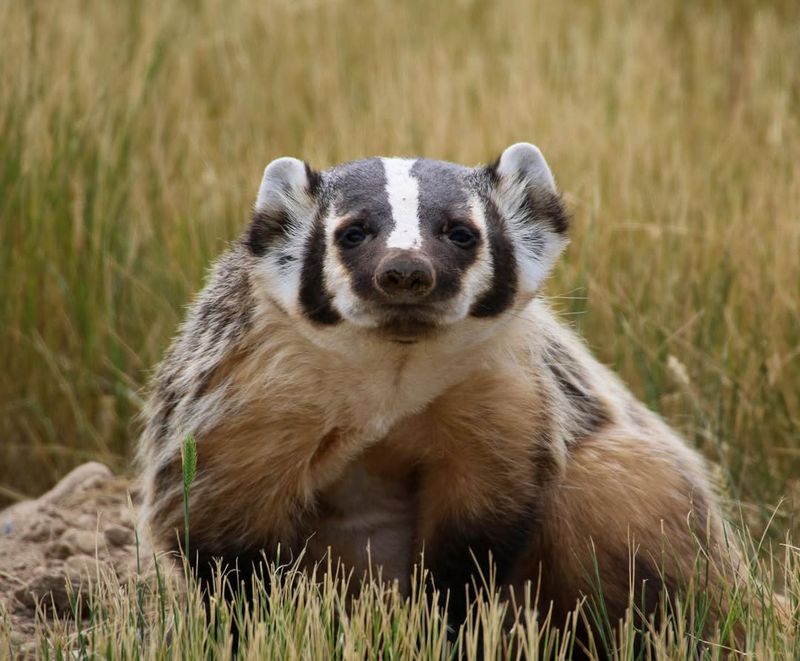
In the heart of Colorado’s grasslands, the American badger digs with relentless energy. Known for their powerful claws and determined nature, badgers can become aggressive when cornered.
Their burrowing habits are essential for aerating the soil and controlling rodent populations. Wildlife enthusiasts should give them space to avoid confrontations.
12. Wolf

In the snowy expanses of Colorado, the wolf returns as a symbol of wilderness reborn. Recently reintroduced, wolves can be dangerous if they feel cornered or threatened.
While generally avoiding humans, they play a crucial role in maintaining ecological balance. Nature lovers are encouraged to admire these intelligent creatures from afar.
Wolves are not just predators; they embody the wild spirit of the landscape.
13. Rattlesnake

In the rocky outcrops of Colorado, the rattlesnake waits with patient menace. Known for its venomous bite, this reptile is both feared and respected.
Rattlesnakes play a significant role in controlling pest populations, an essential aspect of their ecosystem.
They are a stark reminder of the desert’s hidden perils. Their presence is a dance of danger and necessity, a vital component of the wild.
14. American Bullsnake
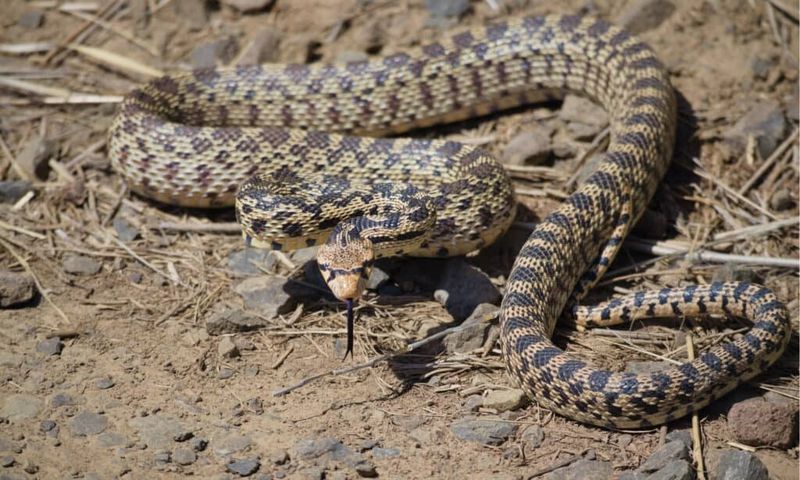
Considered one of the longest snakes in North America, the American Bullsnake can grow up to eight feet. Though non-venomous, it often mimics a rattlesnake by shaking its tail, a behavior that can lead to dangerous misunderstandings.
Its robust body and striking patterns make it an imposing figure. When threatened, it hisses loudly, and its bite, though not fatal, can be painful.
15. Bald-Faced Hornet
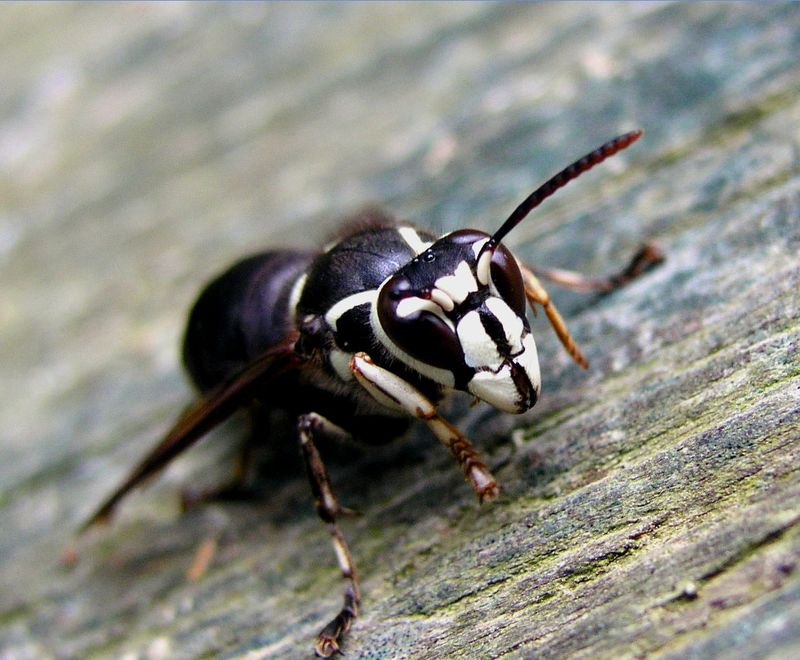
With a striking black and white appearance, the Bald-Faced Hornet is more than just a wasp. Known for its aggressive defense of its nest, it can deliver multiple painful stings.
This hornet builds large paper nests high in trees, often going unnoticed until disturbed. The sting can cause severe allergic reactions in some individuals.

